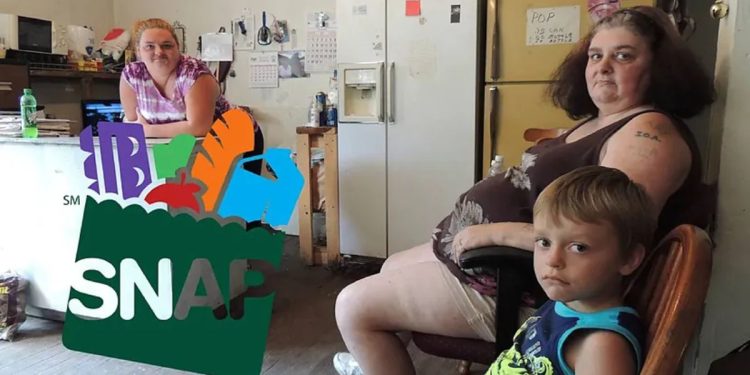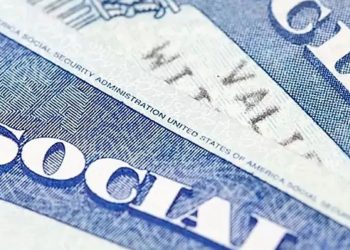The Supplemental Nutrition Assistance Program (SNAP), formerly known as Food Stamps, plays a critical role in helping low-income individuals and families afford a healthy diet. Benefits are delivered monthly through an Electronic Benefits Transfer (EBT) card, which can be used at participating grocery stores and retailers to purchase eligible food items.
SNAP: A Federally Managed but State-Run Program
While SNAP is a federal program overseen by the U.S. Department of Agriculture’s Food and Nutrition Service (FNS), each state is responsible for managing applications, determining eligibility, and issuing benefits. States follow federal guidelines but can implement their own rules within that framework. Every year, states update their SNAP policies and income limits based on the Cost of Living Adjustment (COLA), ensuring that benefits reflect economic changes.
Who Is Eligible for SNAP?
Eligibility for SNAP is based primarily on household income and composition. To qualify, applicants must meet certain financial thresholds that consider household size and total income. The USDA sets national standards, but state-specific guidelines may include additional requirements, making it important for applicants to check their local SNAP office or website for details.
What Counts as a Household?
One of the most important aspects of SNAP is how it defines a “household.” According to USDA rules, a SNAP household includes:
- People who live together and buy/prepare meals together.
These individuals are always considered part of the same SNAP household, regardless of other circumstances.
- Spouses and children under 22.
Even if they prepare and eat meals separately from others in the home, spouses and most children under the age of 22 are automatically grouped into the same household for SNAP purposes.
- Elderly or disabled individuals.
Special rules apply to people aged 60 or older who are permanently disabled. If such a person is unable to buy or prepare meals separately, they and their spouse may qualify as a separate household—provided that the other people they live with have income at or below 165% of the federal poverty line.
Who Is Not Eligible?
SNAP is designed to help those with the greatest financial need. Therefore, individuals who receive the majority of their meals from institutional settings—such as nursing homes, prisons, or certain boarding schools—are generally not eligible for benefits. However, exceptions may apply in limited cases, especially for the elderly or disabled.
Final Thoughts
Understanding how SNAP defines household composition and eligibility is crucial for anyone applying for benefits. Because each state has some flexibility in how the program is administered, it’s wise for applicants to stay informed about both federal rules and state-specific requirements. This ensures that those who truly need food assistance can access the program’s full support.










